The pet accessories category was divided by the consumer into ten product groups, based in the first instance on a need (e.g. for sleep and rest) and only secondly on the requirement for products.
Shopper profile
Another key finding was the amount of impulse purchases in the pet accessory category: nearly 80 per cent of purchases were not planned by the shopper before entering the store. This was also confirmed by the fact that advertising was the reason why half of the shoppers purchased a product. The significance of pet accessories compared with pet food was thus underlined once again. Pet accessories play a major role when it comes to filling the shopping basket.
These findings show how important it is to seduce the shopper into purchasing products in the store. Although purchases were often not planned in advance at all, the shopper was quite happy to take sufficient time to look for something and stood for one to two minutes on average in front of the shelf to find a toy. In the case of a travel bag, the customer spent at least five minutes looking. It also emerged that only around three per cent of consumers know a brand in the pet accessories category. However, 39 per cent of shoppers remain loyal to their toy brand if it is known to them. 35 per cent of shoppers look for information on the Internet in advance.

 Menü
Menü

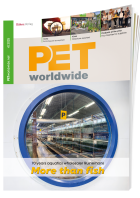



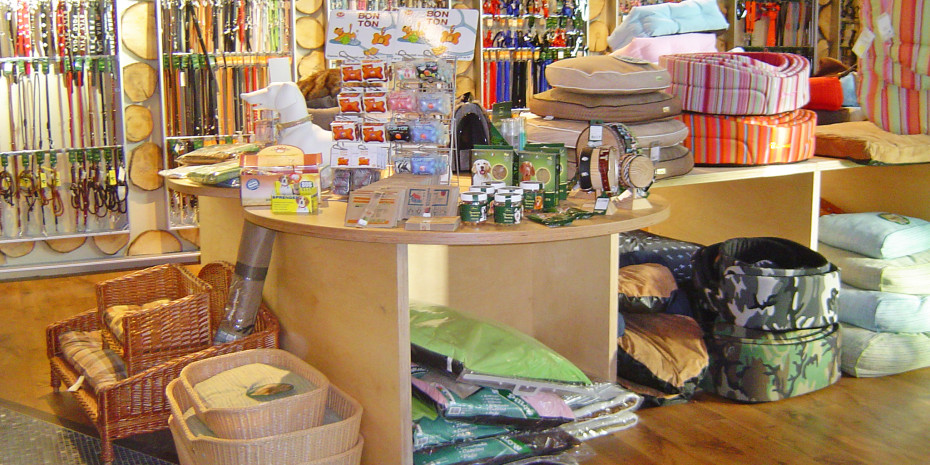


 3/2015
3/2015


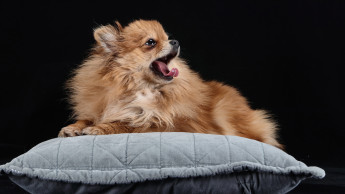
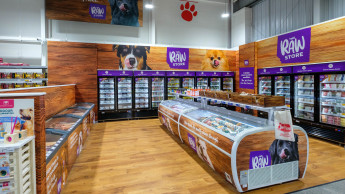

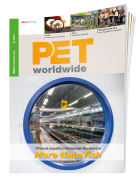

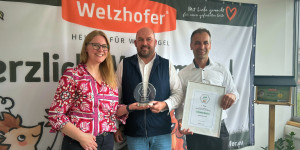


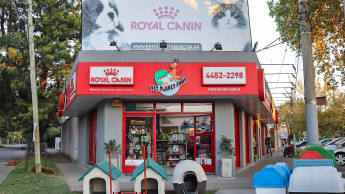

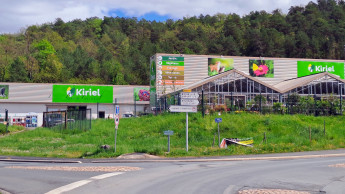
 Newsletter
Newsletter